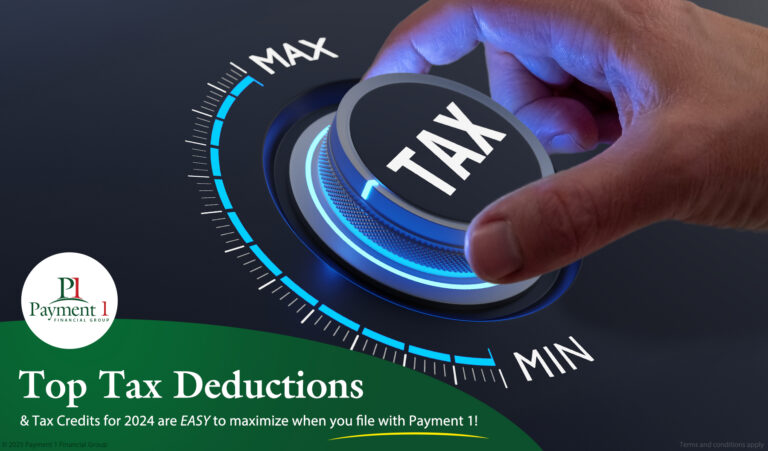6 Steps to Personal Loan Offer Evaluation

When you apply for a personal loan, the usual process involves you receiving a loan offer that details everything within the contract. Personal loans are a great financial tool that you can use for almost anything you would need. This is why it’s essential to know what’s in the offer and get the most out of it.
Taking out a personal loan is a big choice that entails big sacrifices along the way, so you need to make the most informed decision. Here are 6 steps you need to take when doing a personal loan offer evaluation. This should help you decide if the numbers on the paper are right for your needs.
1. Check The Total Payback Value
The first step you need to take towards loan offers is to look at the total loan payback value at the end of the contract. Total loan payback value is the amount you’d have to pay at the end of the service, which includes the principal amount, total interest, and other fees.
Why go with this first instead of other details in the offer? It all comes down to ease of understanding. Among the many details within your loan, a single contiguous number is far easier for the average person to understand than some other numbers like the annual percentage rate (APR).
If you’re a borrower, knowing your total payback value helps you know if the cost of the loan is worth it. You want a provider that clearly shows the total repayment amount so you know exactly what you’re going to pay for. At the end of the day, this is what affects your budget the most.
2. Evaluate The Loan’s Interest Rate
The loan’s interest rate is the most common number you’ll see, which is the amount of interest you have to pay over a specific period. This is usually a monthly interest rate and is based on a percentage of the principal amount. Unlike APR, however, this does not take into account other fees like origination and service fees.
What specifics of the interest rate do you need to check? For starters, see if you have fixed or adjustable interest rates. Fixed interest rates don’t change over time and can be beneficial for knowing how much you should pay at the end of each payment cycle.
Variable interest rates go up and down depending on the current market. Its flexibility gives you a chance to pay less if the market dictates it but also makes you pay more in some situations. In most situations, a variable interest rate should cost you less than a fixed rate but it can pose a financial risk.
Fixed-rate personal loans, though they can cost a little higher, will be easier to deal with, with its predictability.
3. Check For The Lender’s Reputation and Reviews
One of the few non-metric details that you need to consider is the reputation of the lender. As a borrower, it’s important for you to research before you do any business with a financial institution. Fly-by-night lending businesses not only have questionable practices, but may also hide some specifics within the contract that you may easily miss.
Make sure you’ve heard of the lender before and it has positive reviews online. Other borrowers are more than likely to have an opinion over a company that defrauds them. Even tacking on layers upon layers of fees on borrowers will likely cause the lender to get flak from reviewers.
Do online research to understand their customer satisfaction and reliability. Check how often borrowers go for a second loan. You want to make sure whoever gives you a loan can be a trustworthy lender.
4. List Down All Personal Loan Fees
Speaking of fees, among other considerations for personal loan offers are the additional fees that you will incur. Apart from the principal and the interest rate, there are other fees charged by some lending companies. Some of the most common personal loan fees include:
- – Application fee
- – Origination fee
- – Late payment fee
- – Payment protection insurance
- – Returned check fee
- – Prepayment penalty
Each of these fees represents somewhere between 5 to 10 percent of the value of your personal loans. These will change depending on the size of your personal loan offer. While most personal loans do not include these types of fees, it’s vital to read the fine print on your application.
If you’re unsure what fees are associated with your personal loan, it’s best to call your lender. Most lenders are more than happy to explain the specifics of your loan. Clarifications tend to be some of the most common questions that loan service providers tend to answer.
5. Consider The Application Time
Applying for a personal loan can take a bit of time for some providers. Depending on the amount of paperwork and documents needed, it may take more than a few days, with a minimum of 24 hours for most.
In some situations, you may opt to get a car title loan that usually takes less than 24 hours for approval. If this is not an option, consider if you have time to handle everything that the personal loan offer requires from you. Determine if you can set aside the time to set the process and at which date would you need to handle the offer.
6. Ask Yourself Some Questions
The final step in personal loan evaluation is asking yourself a few questions. These will determine your personal feelings on the loan, as well as help convince you if the loan offer is the right choice for you. Ask yourself:
- – Does the loan value cover your needs?
- – Can you pay the monthly payments?
- – Are you looking for a lower repayment value or lower monthly payments?
- – Does it cover the goals you had for the loan?
If you have loan offers that have similar repayment periods and value, the number that you need to consider is the APR. You want a lower APR if your goal is to pay less at the end of the payment period. Fees can be hefty if the monthly interest rates are low.
In the same vein, you need to see if the lower monthly payments are worth it. Lower monthly interest rates make it easy for you to pay for the loan, even if the final repayment value is significantly higher. Consider your cash flow. If you need to make sure you can pay off the loan every month, a lower monthly payment with a higher APR might be for you.
The Bottom Line
Getting personal loans is a big decision that you need to give a good, long thought. Now that you know the steps on how to evaluate a personal loan offer, you can start shopping around and finding the best personal loans out there.
Find a reputable lending institution today. Live life a little easier knowing you can find a personal loan that will support your goals.




